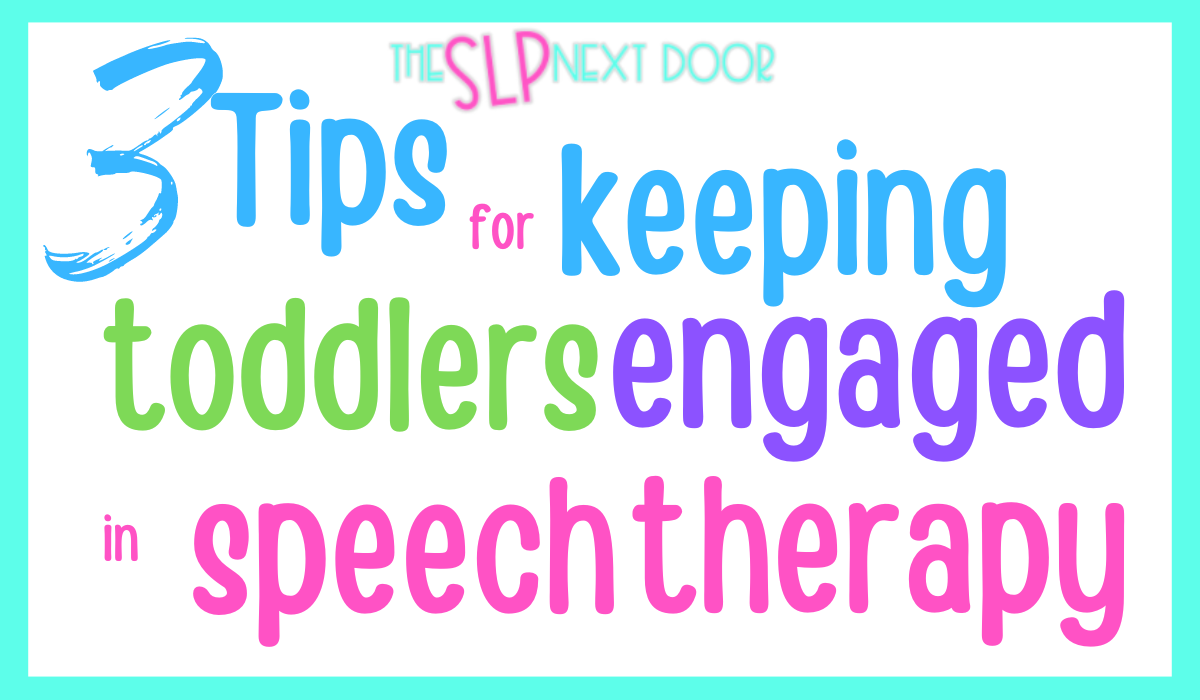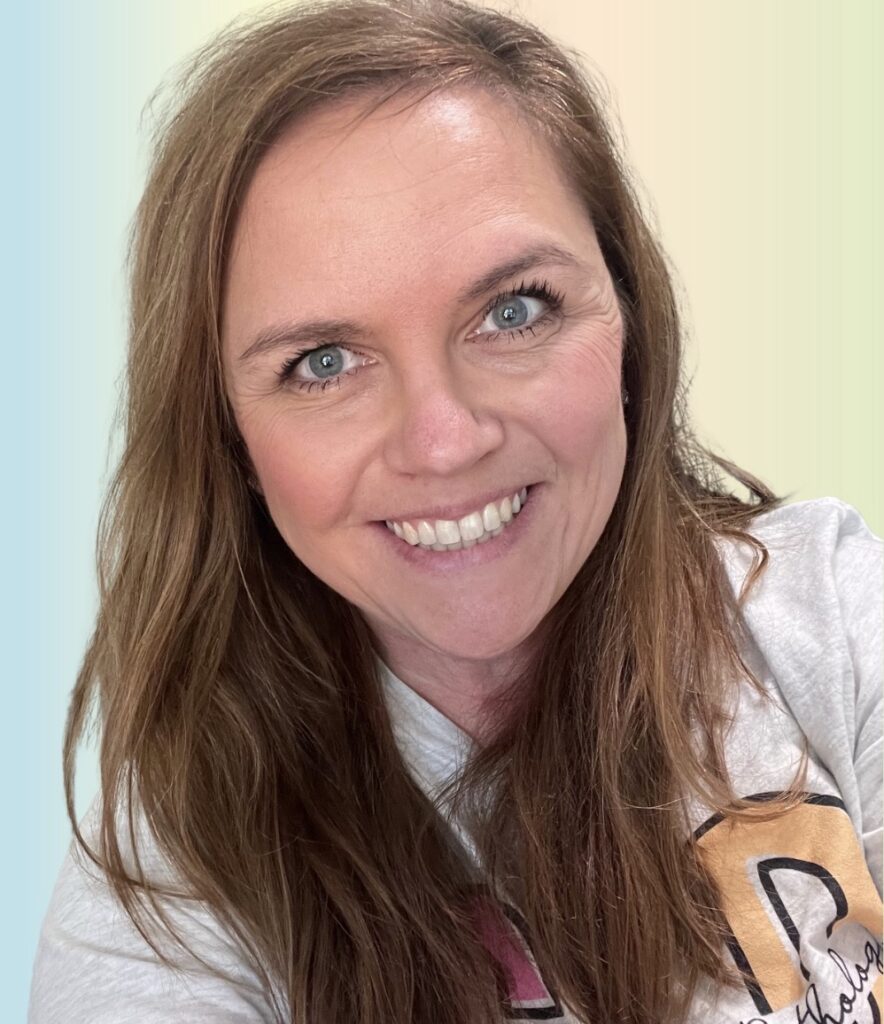“I need help finding engaging toddler activities”
“I’ve got this one toddler that I cannot get to participate! They just want to sit on the couch for the whole session and don’t want anything to do with me or my toys.”
“I feel like I’ve tried everything but they just don’t listen!”
“This toddler keeps running away from my activities and doesn’t want anything to do with me. He keeps throwing toys and will try to hit me anytime he sees my bag..”
Any of this sound familiar? You’re definitely not alone!
Toddler Attention Development
The first thing I’m going to tell you about engaging toddler activities: toddler’s are not supposed to attend to tasks for an extended amount of time. And by extended, I mean 5-10 minutes. That’s not really a long time is it?
Number 2- can you increase their attention to a task? Yes! How? We’ll talk about that in a minute.
Number 3- do activities have to be structured? NOOOPPE. And honestly, they probably shouldn’t.
We do we need? We need to have an idea of our target area (phonology, semantics, expanding utterances..). Communication happens everywhere in every type of situation, every single day. Follow their lead.
Toddler Attention Span:
You can check out this post for a more in-depth look, but developmentally, a toddler’s attention to a task ranges anywhere from less than a minute up to 5-6 minutes (older toddlers). Typically, a 4 year old can have up to a 10 minute attention span, but even then, that only happens if everything else is developmentally appropriate. When it comes to toddlers in speech therapy sessions, we have to include a variety of toddler preferred activities, schedule frequent breaks, and be ready for quick transitions.
Choosing Preferred Activities:
Speaking of choosing activities, we (as therapists) tend to get hung up on the fact that our patients “must” do the activities that we tell them in order to progress and develop the skills we have assessed.
But guess what, that is just not true. We do not have to have rigid and specific activities for treatment, especially when it comes to toddlers. What does that mean? Simply put, (1) we choose activities that we know the toddler prefers or enjoys or (2) we provide an opportunity for the toddler to choose their activity.

It’s possible to present a toddler with options to choose their desired activity while you continue to maintain control over the situation. Parents do it every single day. When you go into a session knowing what it is that you are actually targeting- that’s what you are going to enforce. Everything else; just roll with it. This is not me saying let the toddler be in charge and make all the decisions; like destroying toys and wreaking havoc on your therapy room or their home. I’m saying; give them some power.
Frequent Breaks
Frequent breaks are important in most speech therapy sessions. Because of their attention spans are not lengthy by any means, it’s important to implement opportunities for them to disengage from the activity and take a break. Taking a break is not a bad thing! You still have opportunities to present and expose them to language and communication opportunities even when they are not engaged in the activity. Plus, allowing them to break away from their focus onto something new also builds shows toddlers that you are trustworthy and will not force them into something in which they do not want to participate.
Variety of Toddler Toys and Activities
Here’s the reason you want a variety of toddler activities and toys present in your speech therapy sessions. You’re going to have to prepare for frequent transitions. What does this mean? Basically, toddlers may want to jump from one activity to the next and in order for you to keep them engaging with you- those activities need to be with you. This may look the same as presenting a toddler with the opportunity to choose and keeping the activities they did not choose available so they may easily access them later on. Another example of planning for multiple transitioning would be allowing them to move away from the speech therapy area to choose an activity (like picking something from a shelf nearby or another toy in a different area of the room).
What’s Your Goal:
Before you can begin a speech therapy session, you have to know what you are targeting. Is it core words (in, on, off, up, etc)? Answering questions consistently about an activity? Making requests, labeling vocabulary, increasing utterances? Phonology? What’s your ultimate goal for the session? By knowing this, you can use any activity to keep those goals in check throughout the session. You must know your goal before you go into the session. Because, like they say- if you don’t have a plan…they will have a plan for you.
Save this instagram reel as a reminder for engaging toddlers in speech therapy!



One Response